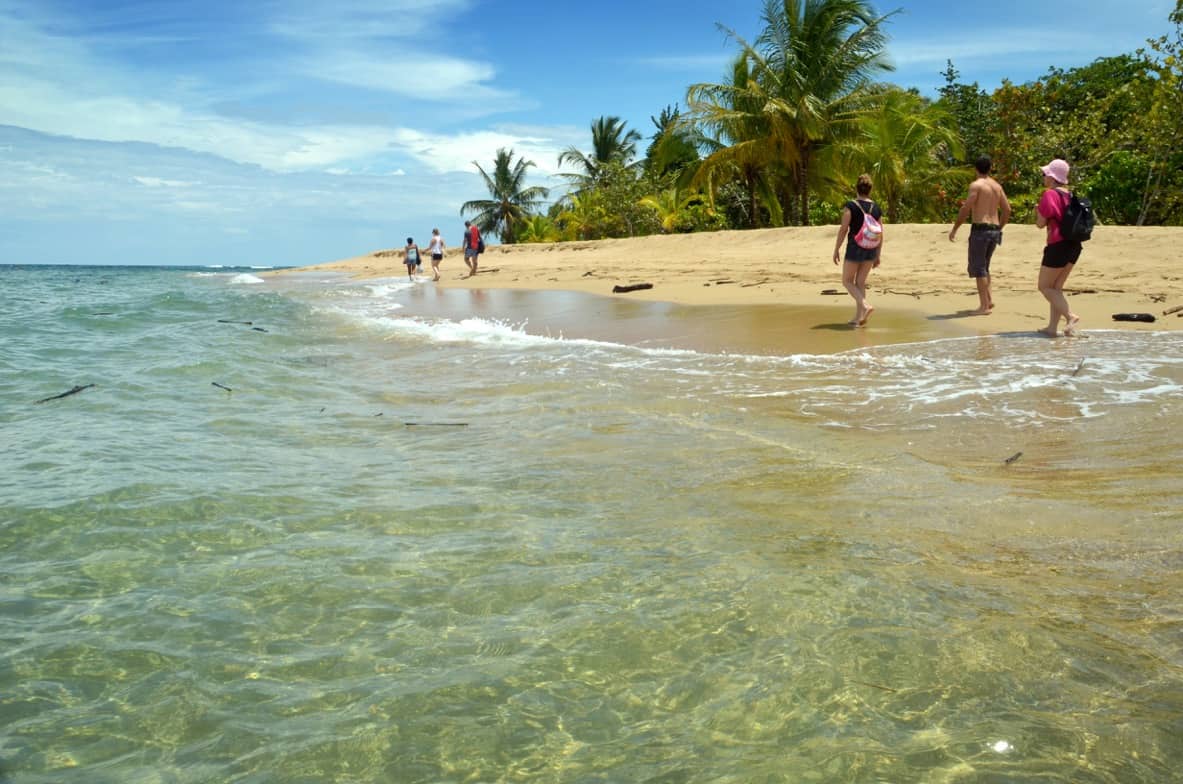It is Independence Day in Costa Rica, a time when we, the foreign transplants who are part of The Tico Times editorial team, take the time to express our love for this beautiful, peaceful country.
Last year, we shared with our readers what we love most about Costa Rica. This year, we’re going to tell you about our favorite places. And we don’t mean Manuel Antonio or Tamarindo. We mean our exact favorite places and why they mean so much to us.
We also hope to inspire you, our readers, to tell us about your exact favorite spot in Costa Rica.
If you can send a photo or drawing along with the text, even better. Please make sure photos are 1100 x 1700 pixels and 200 DPI (and no bigger than 2MB each). Be sure to tell us who took the photo so we can give credit, and if the photographer is not you, make sure we have permission to publish the photo.
Here we go:
La Feria de Guadalupe
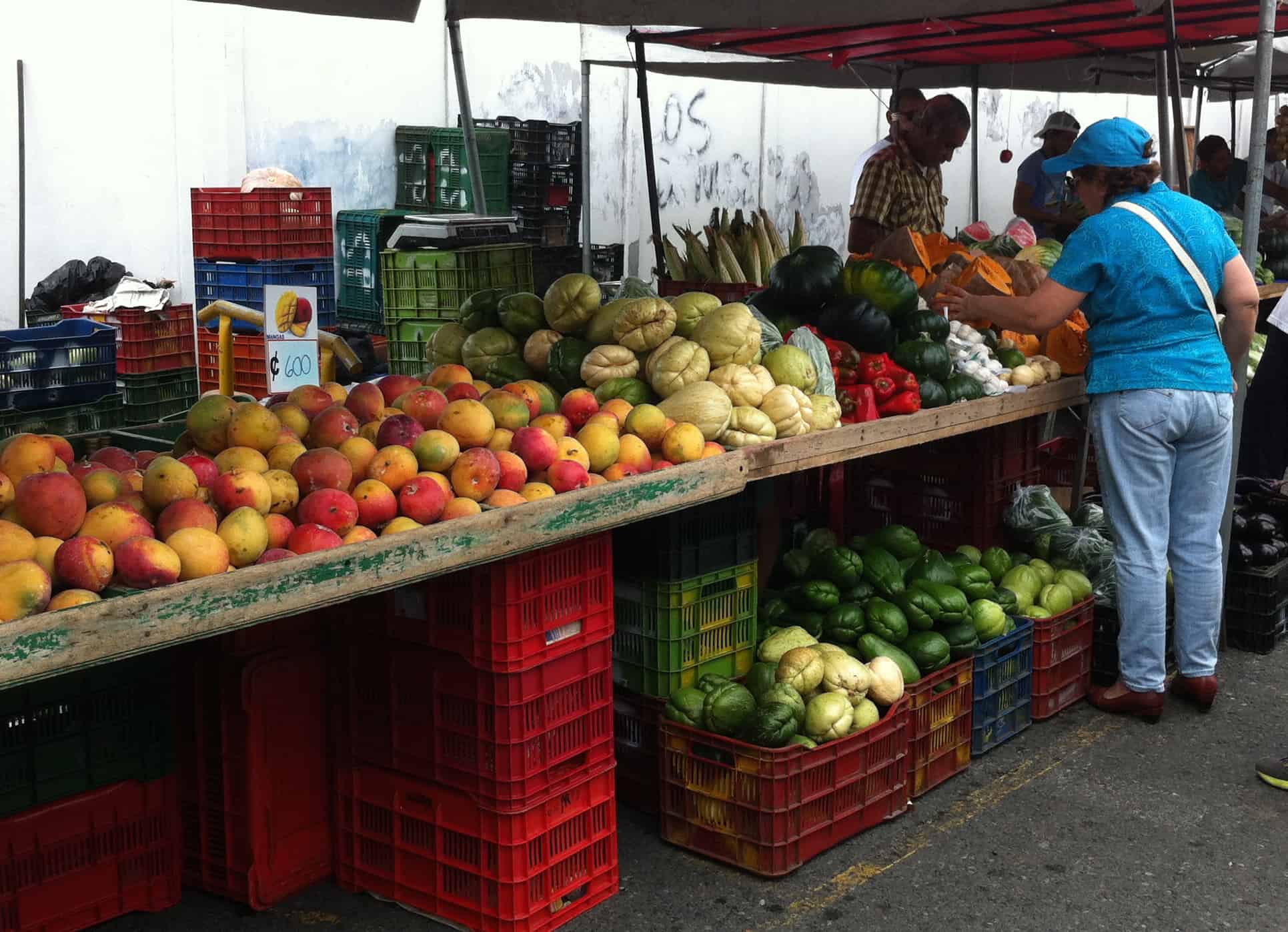
When we decided to move to Costa Rica, I had visions of living in a small town outside of San José, close enough to commute to my job in the city but far enough to have chickens pecking along the dirt road out front and neighbors who would happily ply my kids with arroz con leche when they wandered over for a visit.
Alas, the realities of my job and the Central Valley’s maddening traffic problems made me quickly realize that living as close to the office as possible, at least at first, was the best idea. So we found an urban apartment not far from downtown San José and commenced to stake out our nearest grocery shopping option, which turned out to be Auto Mercado.
Now, I love Auto Mercado for certain things, like its good wine selection and the fact that you can get decent (though extremely overpriced) peanut butter there. But if I had to depend on Auto Mercado for all my fresh produce, I’d be broke. And sad. Shopping for Costa Rica’s tropical bounty in a sterile, air conditioned supermarket just did not fit my vision for my life here.
Thank god we discovered the Feria de Guadalupe. Taking up a full city block and then some, the Feria de Guadalupe offers up the best and freshest of Costa Rica’s produce in a lively, fun and safe atmosphere that always picks up my mood.
Here, you can find four different kinds of lettuce plus arugula, kale and chard; a dozen kinds of fresh herbs; strawberries and blackberries; many of Costa Rica’s tropical root vegetables, including yuca, tiquisque and chamol; pineapples, mangos, papaya and passion fruit galore; and five different kinds of chiles (it’s not Mexico, but that’s not bad for Costa Rica).
And then there are my favorite specialty items, sold by some of my favorite vendors. There’s the woman who sells backyard chickens; the man who sells homemade yogurt with real fruit; the sweet couple that makes chicharrón, fried pork, the main ingredient of the tacos we eat for lunch most Saturdays; and the jolly, chubby cheese lady who loves my kids and always gives my 4-year-old big hunks of cheese to taste.
I’ve been to other ferias in Costa Rica and Guadalupe remains my favorite. At this point, it may be more about the people than the produce. In a city and a country where I still know few people, the Fería de Guadalupe is full of familiar faces.
There’s something special about buying the food you eat straight from a real person, and even better if you’ve gotten to know that person. You just can’t get that at most grocery stores.
— Jill Replogle
Playa Punta Uva
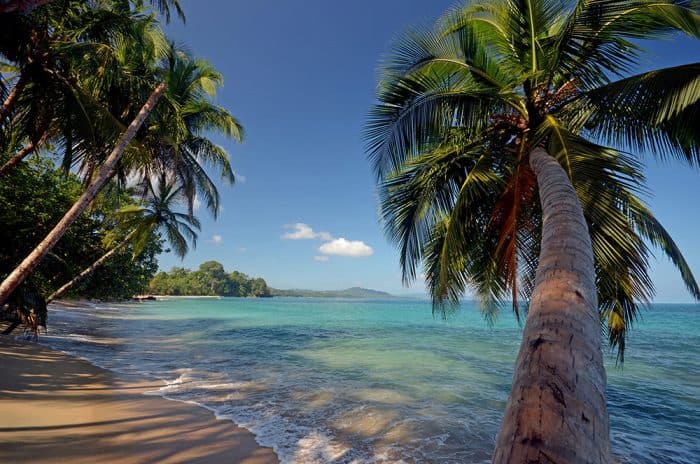
In the year 2000 I visited Costa Rica with my 10-year-old son for a whirlwind tour of the country arranged by my brother, who had just moved here. We rafted the Pacuare, drove to the Caribbean town of Puerto Viejo, and the next day went to Playa Punta Uva.
So far I had only seen the “beaches” of Puerto Jiménez in the Osa — dark sand, rocks, sticks, mangroves and mud, and I was not much impressed. But here I stood staring as if at a miracle.
The sand was sugary white, the sea a shimmering turquoise, the sky solid blue. Yet on the horizon, there was a perfect semicircle of vast thunderclouds, evidence of storms much too far away to ruin our day.
Behind me was a picturesque line of green palm trees with white trunks and orange coconuts, all of them leaning toward the ocean, toward me. For a while I turned in circles, taking it in from every angle.
It was the most beautiful place I’d ever seen.
I’ve seen a lot of nice beaches in Costa Rica since then, but none has ever made the same impression on me. It’s not the kind of favorite place that I return to often, more like one I carry in my heart — my forever vision of the quintessential Costa Rica.
— Karl Kahler
Los Crestones at Chirripó National Park
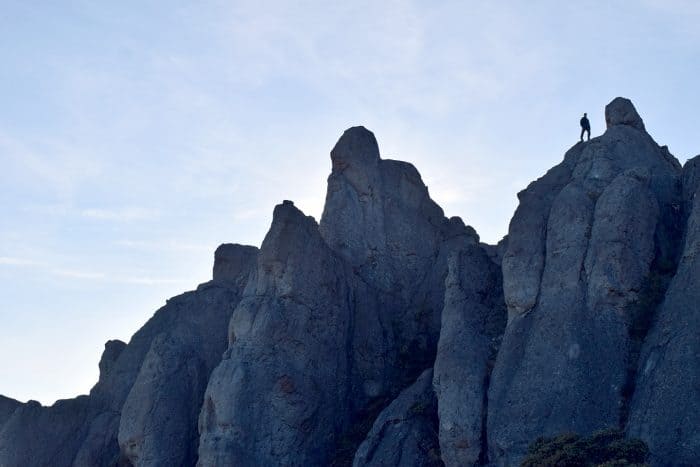
Looming over Los Crestones base camp on the way up to Cerro Chirripó is a cut-up wall of rock that welcomes each bold hiker to the country’s highest point. When the sun hits that rock just right, the silver of the wall turns to a golden shine befitting of one of Costa Rica’s true natural treasures.
It’s clear then to see why Los Crestones were officially named a national symbol of Costa Rica and, as part of the Talamanca mountain range as a whole, just one of four UNESCO heritage sites in the country.
On my first climb up Chirripó in 2014, a friend and I went straight from the base camp to the peak and down the mountain, neglecting to get a closer view of Los Crestones. I realized that was a mistake on my second climb earlier this year when I went with a group that included mountaineer Warner Rojas, who calls Los Crestones the best part of the national park.
When we hiked up to the top of Los Crestones and some adjacent peaks, an otherworldly view awaited us at sunset. The sun’s fading reflection and the waving clouds flooded the space beneath us and I remember how hard it was for any of us to say anything.
Los Crestones are not only totally distinct from Costa Rica’s iconic beaches and jungles, but they’re a reminder of how necessary it is to preserve and protect national parks and other natural beauties that give this country its true, aesthetic value.
— Michael Krumholtz
The cheap seats at the National Theater
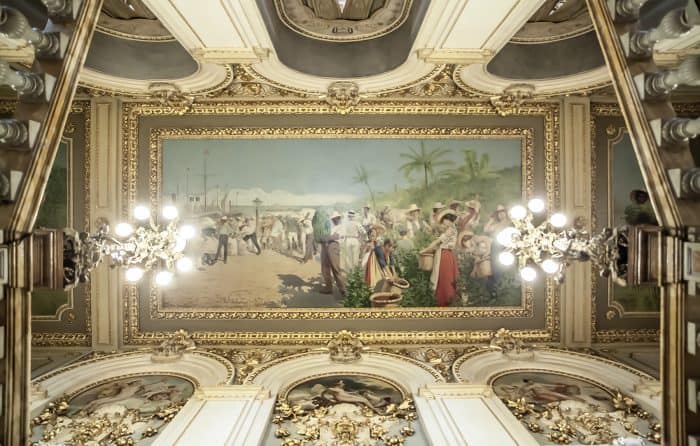
I’ll admit it: my favorite spot in Costa Rica these days is probably the chair where I drink my coffee and look out at the afternoon rainstorms, with my husband by my side and my daughter making a colossal mess somewhere as we pretend not to notice for the moment. However, thinking back on my early days in the country on my own, when I knew no one, hadn’t yet found a job and was making my way through a city that befuddled me, I think back to the velvety seats of the upper balconies at the majestic National Theater.
The particular seats I’m thinking of require that you lean over the railing before you in order to get a complete view of the stage, which even then consists mostly of the tops of the performers’ heads. However, sit back and you get to contemplate the gorgeous and ornate ceiling of the theater. It’s a cheap seat with a million-dollar view, and in 2004, it was yours for $3 or $4.
There’s nothing like total friendlessness to get you out and about, and I took in as much of San José’s budget cultural offerings as I could in those days. I saw my first opera in one of those seats, heard lectures I half-understood, listened to many a masterpiece while gazing at the gold curlicues on the opposite wall. The café in the lobby was pricier than the performances themselves, but sometimes I’d order a coffee and bask in the opulence, or do the same at the Hotel Costa Rica patio outside and people-watch for hours next to the Plaza de la Cultura.
When I think back to the early days in a new culture, that’s how I picture myself: perched between confusion and confidence, drinking in a linguistic and cultural brew that became a bit more familiar each day, marveling in the little wonders. Finding the oases that are just a few steps from the city rush beyond, and that one by one would propel and sustain me when life seemed overwhelming.
— Katherine Stanley Obando

